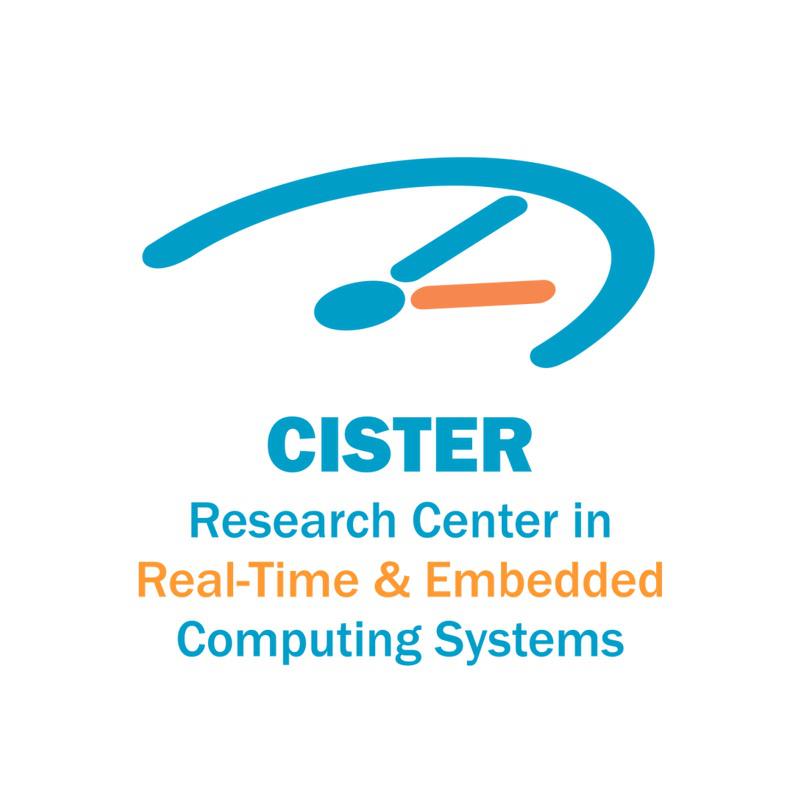 REHEAT
REHEAT
Real-time scheduling on heterogeneous multicore architectures
| FCOMP-01-0124-FEDER-010045 PTDC/EIA-CCO/105716/2008 3 years (Feb 2010 to Jan 2013) http://www.cister.isep.ipp.pt/activities/REHEAT | |
| Summary: | Parallel processing platforms are spreading at an unprecedented rate. Traditionally, parallel processing platforms were used to reduce the execution time of a large computational job such as predicting the weather but now they are also used in low-end systems and embedded real-time systems thanks to the availability of multicore processors. And those systems are often comprised of a large number of independent tasks. Designers are well-aware that processing units specialized for a specific function can offer a significant performance boost. For example, the rendering of a scene in computer graphics can be done much faster with a graphics processor than with a general purpose processor. Network processors, digital signal processors, SIMD arrays, etc. offer similar advantages. Consequently, heterogeneous multicores now enjoy a period of widespread use. Virtually all major semiconductor companies are offering or have declared plans to offer heterogeneous multicores; see IBM Cell or upcoming AMD Fusion and Intel Larrabee. Although the processor cores in such a heterogeneous multicore are different and each type offers its own distinct advantage for various workloads, the trend is to make the processor cores generic. They are programmable and typically they are Turing complete. For example, a graphics processor can be used (and often offers good performance) for some computations that are not computer graphics operations, such as sorting and numerical vector calculations. We can therefore expect that the computational workhorse for both desktop and embedded computer systems in the near future will be a heterogeneous multicore; just like the single-core processor was in the past and just like the multicore with several identical processor cores is today. The use of heterogeneous multicore processors in real-time systems is complicated however by the fact that the real-time scheduling theory with provably good real-time scheduling algorithms is not well-developed for such platforms. Therefore, this project aims to create provable good real-time scheduling algorithms for heterogeneous multicores. |
| Funding: | Global: 130KEUR, CISTER: 130KEUR |
| Sponsors: |     |
| Partners: | |
| Contact Person at CISTER: | Björn Andersson |
. . . . . . . . . . . . . . . . . . . . . . . . . . . . . . . . . . . . . . . . . . . . . . . . . . . . . . . . . . . . . . . . . . . . . . . . . . . . . . . . . . . . . . . . . . . . . . . . . . . . . . . . . . . . . . . . . . . . . . . . . . . . . . . . . . . . . . . . . . . . . . . . . . . . . . . . . . . . . . . . . . . . . . . . . . . . . . . . . . . . . . . . . . . . . . . . . . . . . . . . . . . . . . . . . . . . . . . . . . . . . . . . . . . . . . . . . . . . . . . . . . . . . . . . . . . . . . . . . . . . . . . . . . . . . . . . . . . . . . . . . . . . . . . . . . . . . . . . . . . .
Journal Papers
Compositional Multiprocessor Scheduling: the GMPR interface CISTER-TR-140101
Artem Burmyakov, Enrico Bini, Eduardo TovarReal-Time Systems, Springer US. May 2014, Volume 50, Issue 3, pp 342-376. U.S.A..
Artem Burmyakov, Enrico Bini, Eduardo TovarReal-Time Systems, Springer US. May 2014, Volume 50, Issue 3, pp 342-376. U.S.A..











 PDF
PDF Zip Archive
Zip Archive